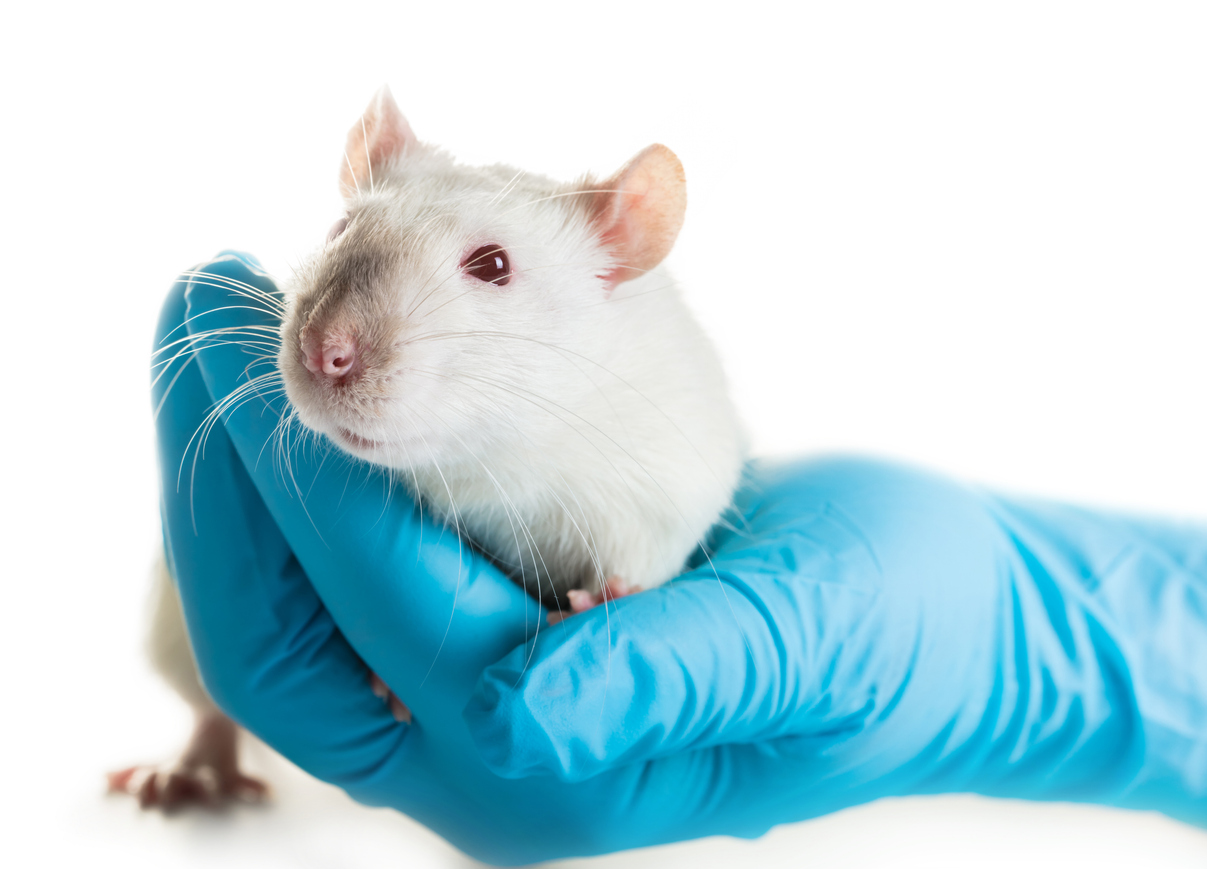
The Trump Administration is using executive actions, agency initiatives, and policy directives to reduce or eliminate animal testing in medical research and to promote the adoption of alternative scientific methods. Recent measures from the Food and Drug Administration (FDA) and National Institutes of Health (NIH) reflect a shift toward what the administration characterizes as “21st-century” scientific approaches, including computer modeling, AI, and human cell-based systems. Administration officials have presented these efforts as advances in innovation, public health, and research ethics.
Animal rights organizations and some researchers have lauded the changes. However, several research-focused organizations have questioned whether these emerging technologies can fully replace animal models in all areas of testing.
As Applied Policy has previously reported, since early in his second term, President Trump has emphasized a broader federal commitment to AI as a strategic priority. On January 23, 2025, he signed Executive Order 14179, “Removing Barriers to American Leadership in Artificial Intelligence,” directing federal agencies to adopt a “pro-innovation” approach and rescinding Biden-era policies that Trump had characterized as “barriers to American AI innovation.” The White House Office of Management and Budget followed with two memoranda in April—M-25-21 and M-25-22—encouraging agencies to expand the use of AI and prioritize domestic AI development in procurement and operations.
On April 10, 2025, the FDA announced that it would begin phasing out mandatory animal testing requirements for certain new drug applications, starting with monoclonal antibody therapies. Under the new framework, developers are encouraged to use “human-relevant” methods—including AI-driven models, organoids, and organ-on-a-chip systems—to assess the safety and efficacy of their products. The agency has stated that these technologies may detect human-specific toxicities that traditional animal studies do not reliably identify.
The policy takes effect immediately for early-stage investigational drug applications and includes a pilot program, which allows select monoclonal antibody developers to rely primarily on non-animal data. The FDA has indicated that it will consider future updates to its regulatory framework to accommodate these alternative methods and may offer streamlined reviews for submissions that include validated non-animal testing platforms. These changes build on the bipartisan FDA Modernization Act 2.0, passed as part of the Consolidated Appropriations Act of 2023, which eliminated the longstanding federal requirement for animal testing in drug approval and authorized the use of alternative methods. The FDA’s implementation marks a significant step toward operationalizing that law while maintaining established safety standards.
On April 29, 2025, NIH announced plans to “reduce the use of animals in NIH-funded research,” concurrent with a prioritization of human-based experimental approaches. The agency outlined plans to prioritize research using organoids, tissue chips, computational modeling, and other non-animal methods through targeted funding opportunities and revised review criteria. It will also institute “training to address any possible bias toward animal studies” among grant review staff.
The NIH initiative will include the establishment of a new Office of Research Innovation, Validation, and Application (ORIVA) to coordinate agency-wide efforts in developing, validating, and implementing alternatives to animal use. As of June 3, 2025, the NIH has not provided specific details regarding the budget or timeline for the new office. NIH also indicated that it would expand infrastructure for non-animal technologies, invest in training programs, and introduce reforms to peer review processes, including incorporating experts in alternative methods and addressing bias in favor of traditional animal models. While NIH leadership emphasized that some animal research remains necessary, the initiative marks a substantial organizational shift in the agency’s approach to preclinical science.
To date, the administration has not issued a stand-alone executive order addressing the use of animal testing in federal research. However, through executive actions, interagency coordination, and policy directives, it has signaled a systematic transition toward alternative methods. The alignment between national AI policy and the adoption of non-animal testing approaches reflects a broader shift in federal research standards.
These changes parallel ongoing initiatives in the EU and UK to transition away from animal testing. In the EU, regulators are pursuing a phased approach, particularly in the areas of pharmaceutical and chemical safety. Building on earlier bans on animal testing for cosmetics, the European Commission is developing a roadmap to reduce the use of animals in safety assessments. A 2024 multi-stakeholder workshop produced recommendations for legislative updates, expanded validation of alternatives, and greater investment in emerging technologies. The European Medicines Agency is reviewing its guidelines to incorporate New Approach Methodologies (NAMs), and the European Chemicals Agency is increasing acceptance of validated non-animal tests under REACH. While public support remains strong, European scientific bodies have cautioned that further research and coordination will be needed before alternatives to animal models can be fully adopted.
In the UK, policymakers have similarly committed to a long-term transition. A cross-departmental strategy for non-animal methods is expected to be announced later in 2025. Government officials continue to emphasize the scientific and ethical rationale for alternatives but acknowledge that certain animal models remain necessary to meet existing safety and regulatory standards. A recent parliamentary debate highlighted widespread political interest in accelerating the transition alongside recognition of the technical and legal challenges.
The administration’s initiatives have drawn praise from several organizations advocating for alternatives to animal testing. PETA described its reaction to NIH’s announcement as celebratory, while the Humane World for Animals called the FDA’s shift a “historic step” toward making animal studies the exception. The Physicians Committee for Responsible Medicine cited longstanding concerns about the reliability of animal models and welcomed the NIH initiative as a win for public health and animal welfare.
Developers of human-based research tools—such as organoid systems and AI-driven models—view the policy changes as long-overdue validation of their work. Many see the administration’s approach as aligned with broader efforts to change regulatory science. Those skeptical of this shift also commented on these changes. White Coat Waste criticized NIH’s plan for lacking funding cuts and called the new ORIVA office “a new BIG GOVERNMENT department.” Research institutions, including the National Association for Biomedical Research and Americans for Medical Progress, have urged caution, emphasizing that animal models remain essential in areas such as oncology, infectious disease, and developmental biology. Both organizations support the development of alternatives but warn that rapid implementation without adequate validation and regulatory clarity could impede scientific progress.
Observers of regulatory science have noted that while non-animal methods show promise, significant technical and operational hurdles remain. Current alternatives often replicate specific tissues or cellular functions. However, they may fall short in modeling whole-body dynamics, such as interactions between the endocrine and immune systems or the effects of a compound over time. The success of this transition will depend not only on the scientific performance of alternative methods but also on the establishment of clear regulatory standards, interagency coordination, and the capacity of agencies to assess and integrate new types of data. Most observers emphasize that progress must be grounded in rigorous validation and realistic implementation timelines.
